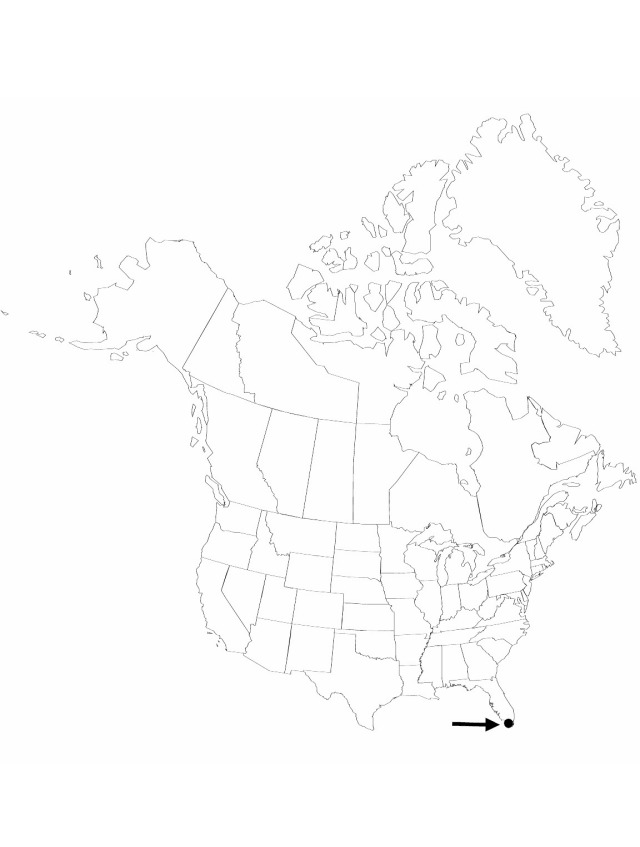Difference between revisions of "Acoelorraphe wrightii"
Webbia 2: 109. 1907.
FNA>Volume Importer |
FNA>Volume Importer |
||
| Line 8: | Line 8: | ||
}} | }} | ||
|common_names=Paurotis palm;palmier des Everglades | |common_names=Paurotis palm;palmier des Everglades | ||
| − | |basionyms={{Treatment/ID/ | + | |basionyms={{Treatment/ID/Basionym |
|name=Copernicia wrightii | |name=Copernicia wrightii | ||
|authority=Grisebach & H. Wendland | |authority=Grisebach & H. Wendland | ||
| + | |publication_title=in A. H. R. Grisebach, Cat. Pl. Cub., | ||
| + | |publication_place=220. 1866 | ||
}} | }} | ||
|synonyms={{Treatment/ID/Synonym | |synonyms={{Treatment/ID/Synonym | ||
| Line 67: | Line 69: | ||
|publication year=1907 | |publication year=1907 | ||
|special status= | |special status= | ||
| − | |source xml=https://jpend@bitbucket.org/aafc-mbb/fna-data-curation.git/src/ | + | |source xml=https://jpend@bitbucket.org/aafc-mbb/fna-data-curation.git/src/f6b125a955440c0872999024f038d74684f65921/coarse_grained_fna_xml/V22/V22_528.xml |
|subfamily=Arecaceae subfam. Coryphoideae | |subfamily=Arecaceae subfam. Coryphoideae | ||
|tribe=Arecaceae tribe Corypheae | |tribe=Arecaceae tribe Corypheae | ||
Revision as of 19:03, 24 September 2019
Stems multiple, brown, to 7 m, covered in tardily deciduous leaf bases. Leaves: petiole strongly (rarely weakly) armed; hastula present on adaxial surface. Inflorescences exceeding leaves, appearing secund because of pendulous rachillae, 15–22 cm, orange in fruit. Fruits ripening from green through orange to black, globose, 7.5–8.5 mm diam. 2n = 36.
Phenology: Flowering spring–summer.
Habitat: Thin, rocky soil over limestone in hydric hammocks, wet savannas, and swamps of Everglades
Elevation: 0-10m
Distribution

Fla., se Mexico, West Indies (Bahamas, Cuba), Central America, n South America (Colombia-Isla de Providencia).
Discussion
Little is known about this palm in its natural habitats. In Florida, it occurs in the Everglades National Park and is categorized as threatened by the state of Florida. Like Serenoa repens, Acoelorraphe is tolerant of occasional burning. It is probably bee-pollinated, and the seeds are dispersed by birds (G. Galeano-Garcés 1986).
Of conservation concern.
Selected References
None.
